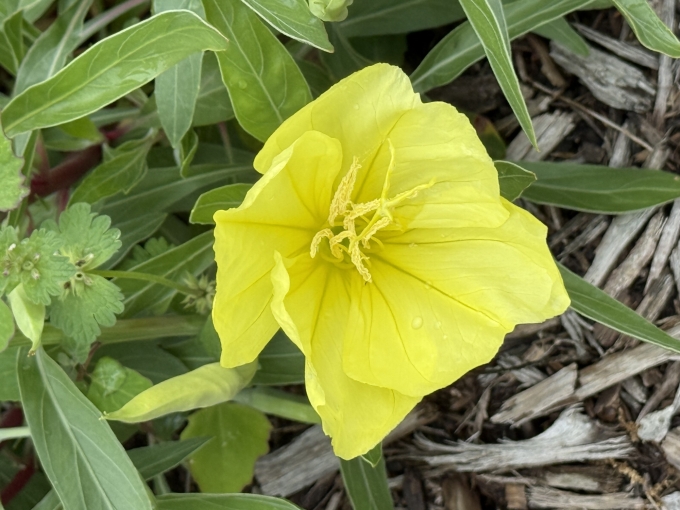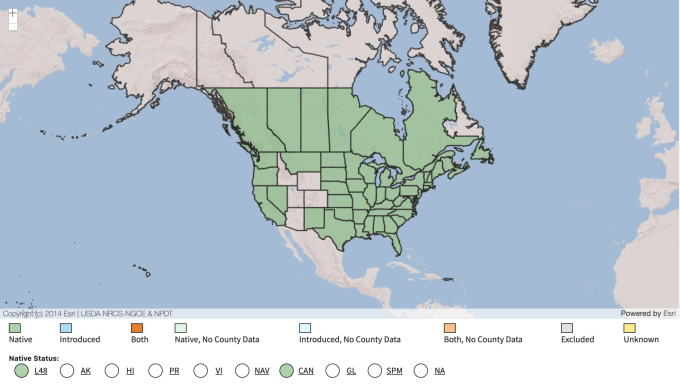Common Name: Common Evening Primrose
Family: Onagraceae
Plant Type: Biennial (sometimes short-lived perennial)
Hardiness Zones: 4–9
Height: 3.0 to 6.0 feet
Spread: 1.5 to 2.5 feet
Bloom Time: June to September
Bloom Description: Bright yellow, 4-petaled flowers; open in the evening
Sun Exposure: Full sun
Water Needs: Dry to medium
Soil Preference: Well-drained soils; tolerates poor, sandy, or rocky soils
Maintenance Level: Low
Suggested Use: Naturalized plantings, meadows, pollinator gardens
Attracts: Moths (especially sphinx moths), bees, butterflies
Tolerates: Drought, poor soils, disturbance
Notable Features: Evening blooms, high wildlife value, tall upright form
Native Range:
Eastern and Central North America, including much of Nebraska; widespread in open habitats, roadsides, and prairies.
Nebraska Growing Notes:
Thrives in sunny, disturbed areas such as ditches and old fields. Flowers open at dusk, attracting night pollinators. First year forms a rosette, second year produces the flowering stalk. Self-seeds easily, ideal for naturalistic plantings.
Landscape Use:
Best suited for wildflower meadows, restoration projects, or low-maintenance pollinator strips. May be too tall or weedy for formal borders.
Caution:
Can become weedy in disturbed areas. Best used where naturalizing is welcome.
Garden Locations:
Sources:


